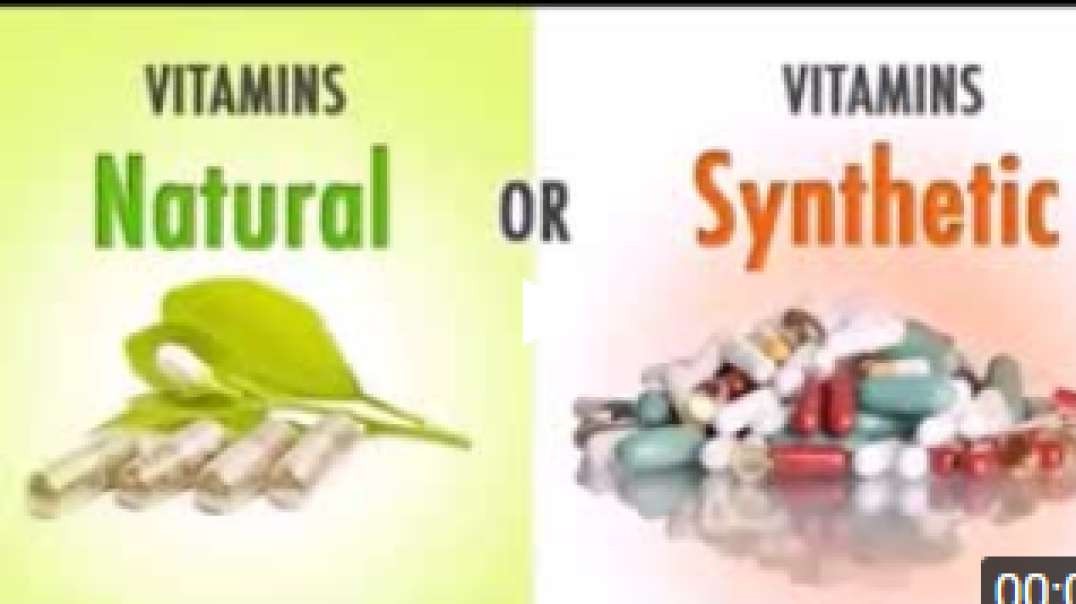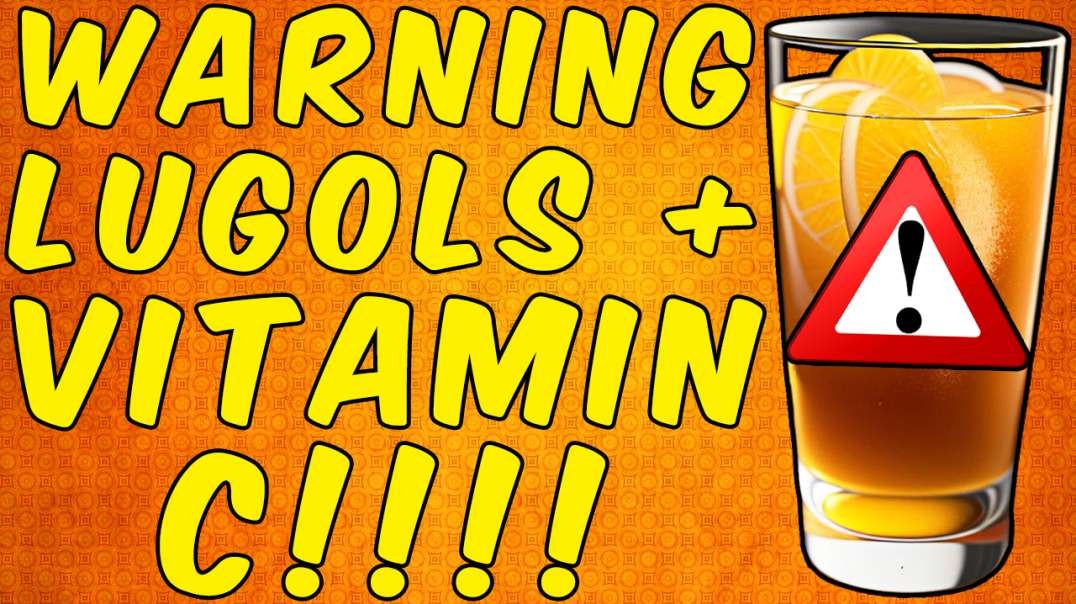Vitamin D levels advised
Read the link to the original paper,
https://www.mdpi.com/2072-6643/13/10/3596
Deficiency of vit D limits the performance of systems resulting in, increased spread of diseases of civilization
Reduced protection against infections
Reduced effectiveness of vaccination
Covid fatality rates correlate with,
Elderly, dark, black people, comorbidities, winter
Blood level of 20 ng/mL, (50 nmol/L) sufficient to stop osteomalacia
Preferable, 40–60 ng/mL (100 to 150 nmol/L)
Vitamin D3 receptors
Bone
Intestine
Pancreas
Prostate
Immune system cells
Vitamin D is a powerful epigenetic regulator
Influencing more than 2,500 genes
Cancer
Diabetes mellitus
Acute respiratory tract infections
Viral lung infections that cause ARDS
Chronic inflammatory diseases
Autoimmune diseases
Multiple sclerosis
Immunomodulatory properties
Regulating innate and adaptive immune systems
D3 receptors
Monocytes/macrophages
T cells
B cells
Natural killer (NK) cells
Dendritic cells (DCs)
Supplements
Without calcium supplementation, even very high vitamin D3 supplementation does not cause vascular calcification
Vitamin D3 supplementation in the range of 4000 to 10,000 units (100 to 250 µg) needed to generate an optimal 40–60 ng/mL (100 to 150 nmol/L)
has been shown to be completely safe when combined with approximately 200 µg vitamin K2
https://www.nhs.uk/conditions/vitamins-and-minerals/vitamin-k/
However, this knowledge is still not widespread in the medical community, and obsolete warnings about the risks of vitamin D3 overdoses unfortunately are still commonly circulating.
ARDS and cytokine release syndrome
Vitamin D3 is able to inhibit the underlying metabolic pathways
Vitamin D3 has a protective role against ARDS caused by SARS-CoV-2.
A rapidly increasing number of publications are investigating the vitamin D3 status of SARS-CoV-2 patients,
and have confirmed low vitamin D levels in cases of severe courses of infection
and positive results of vitamin D3 treatments
Conclusions
we recommend raising serum 25(OH)D levels to above 50 ng/mL (100 to 150 nmol/L)
to prevent or mitigate new outbreaks due to escape mutations or decreasing antibody activity.
At a time when vaccination was not yet available,
patients with sufficiently high D3 serum levels preceding the infection were highly unlikely to suffer a fatal outcome.
This correlation should have been good news when vaccination was not available but instead was widely ignored.
the lower threshold for healthy vitamin D levels should lie at approximately 125 nmol/L or 50 ng/mL 25(OH)D3,
which would save most lives, reducing the impact even for patients with various comorbidities.
This is—to our knowledge—the first study that aimed to determine an optimum D3 level to minimize COVID-19 mortality
Implications for herd immunity
It seems clear that a good immune defense,
does not prove protection against physical infection
but rather against its consequences
This “protection” was most effective at ~55 ng/mL
Traditionally living populations in East Africa have a mean serum 25-hydroxyvitamin D concentration of 115 nmol/l
https://www.cambridge.org/core/journals/british-journal-of-nutrition/article/traditionally-living-populations-in-east-africa-have-a-mean-serum-25hydroxyvitamin-d-concentration-of-115-nmoll/6188564A01361C5CF5F196229430E475
natural vitamin D3 levels seen among traditional hunter/gatherer lifestyles,
in a highly infectious environment,
were 110–125 nmol/L (45–50 ng/mL)
WHO advice may not be correct
30 ng/mL D3 value considered by the WHO as the threshold for sufficiency
Future mutations of the SARS-CoV-2 virus, vaccine immune escape
the entire population should raise their serum vitamin D level to a safe level as soon as possible.
As long as enough vitamin K2 is provided, the suggested D3 levels are entirely safe to achieve by supplementation.
Selenium, magnesium, zinc, and vitamins A and E should also be controlled for and supplemented where necessary to optimize the conditions for a well-functioning immune system.
Next study
test PCR-positive contacts of an infected person for D3 levels immediately, i.e.,
before the onset of any symptoms,
and then follow them for 4 weeks and relate the course of their symptomatology to the D3 level,
the same result as shown above must be obtained




















